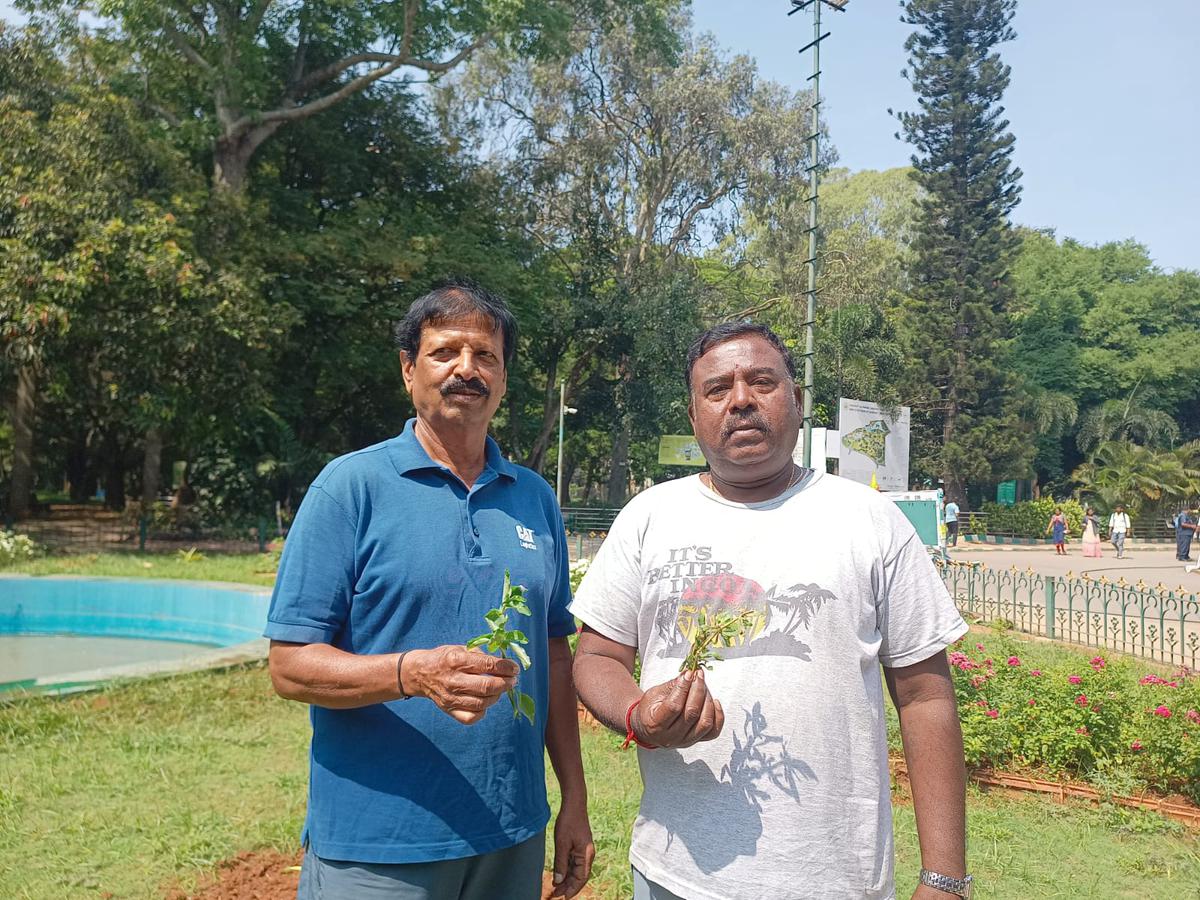
(from left) Balu N and Govindaraju GV with their foraged herbs
| Photo Credit:
Swathi Nair
In the tranquil Lalbagh garden of Bengaluru, a serene morning unfolds around 9 am. Gowramma diligently tends to her routine task of watering the plants but goes the extra mile. While removing unwanted grass, she meticulously selects a few sprigs, sprinkles them with water, and carefully stores them in a plastic cover. “These are for my dinner when I return home,” shares the 48-year-old, who has dedicated 14 years of her life to maintaining this park. Everyday she is there from 8am to 5pm.
Many other ground staff, predominantly women, engage in foraging within the garden to gather whatever little they can find for their home-cooked curries. Gowramma says, “We used to discover various plant varieties earlier, but with the unpredictable rains, it’s not the same anymore.”
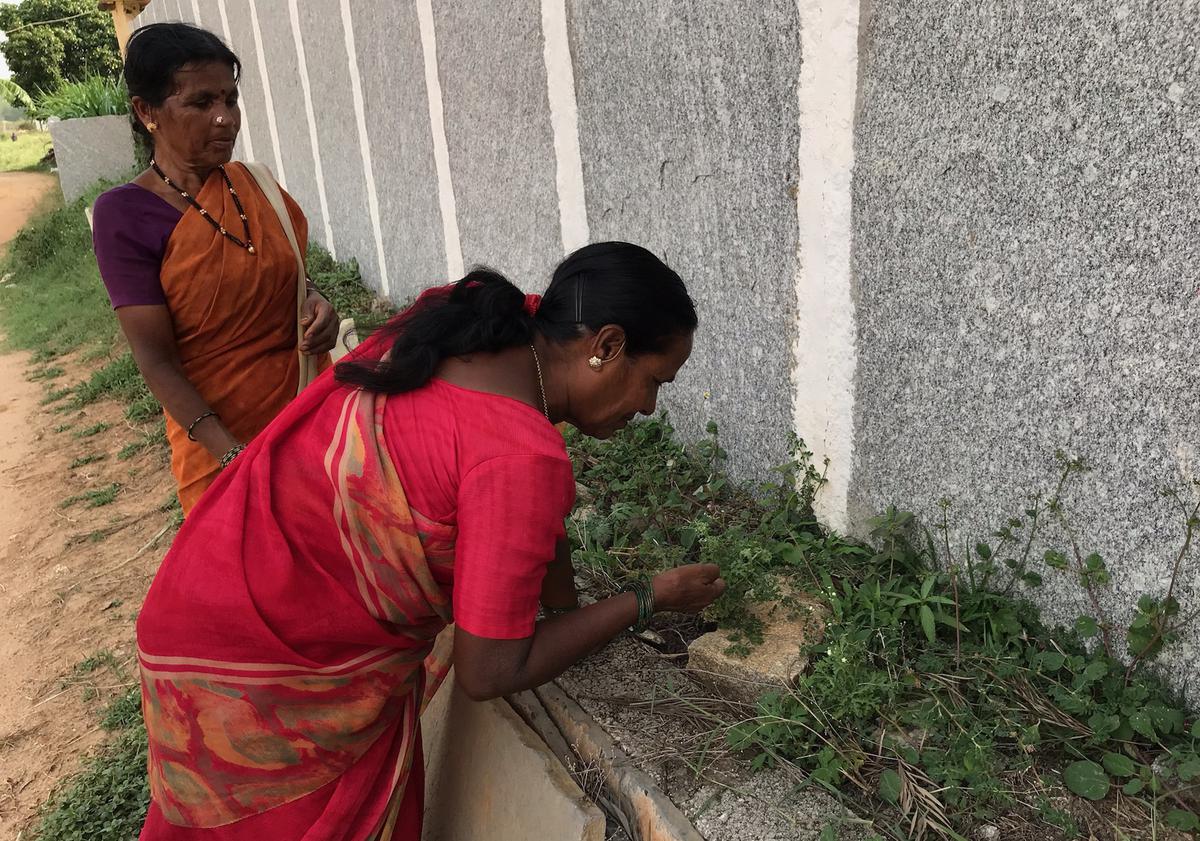
Women foraging in Sarjpaur
| Photo Credit:
Special arrangement
The Lalbagh garden, situated on 240 acres of land, boasts an assortment of green leaves, locally known as “soppu.” Within its lush boundaries, one can find Dodallagiri soppu, Goni soppu, Hulli soppu, Neeruhongane soppu, and Hoovuhongane soppu — all coveted by the diligent ground staff for their personal use. These plants usually grow in the wild on farmlands and their leaves are part of several traditional foods such as the Bas Saaru, massoppu and mix vegetable palya.
Also read | Foraging in Nagaland: Unveiling the culinary secrets of Naga cuisine
Chikkamma, who has been working in the park for 8 years, explains, “We are barely making ends meet at home, why buy when they are just growing fresh in the wild here.”
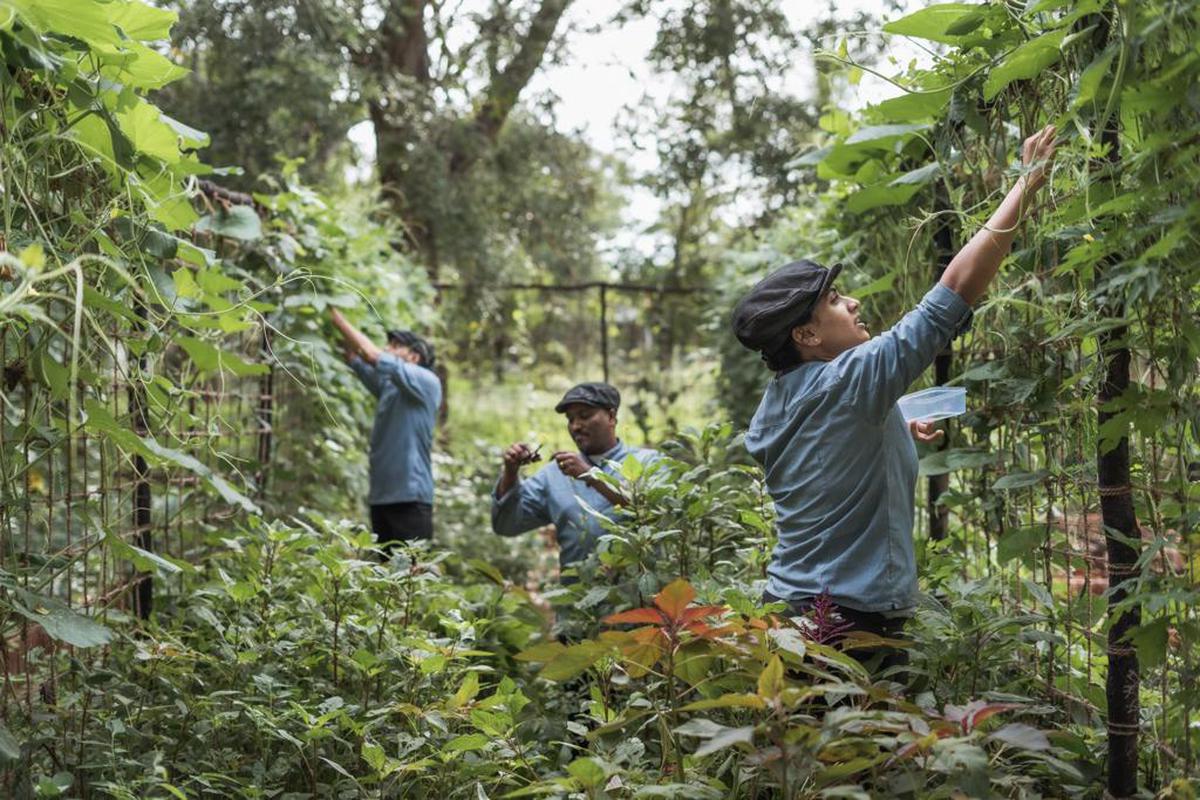
Foraging for ingredients in Farmlore
| Photo Credit:
Special arrangement
Not only the park’s dedicated staff, but even the regular morning walkers from the neighboring areas seize the chance to forage for their food before departing. One such walker Govindaraju GV, 59, shares, “I gather whatever little I can find to take it home for curries. The greens are really good for children”.
Sharing a similar sentiment, another park jogger, Balu N, 60, adds, “You won’t find such diverse soppu varieties in the market. It’s always the usual methi, palak, mint, and coriander. The younger generation at home is unaware of these unique soppu types and the traditional recipes associated with them.”
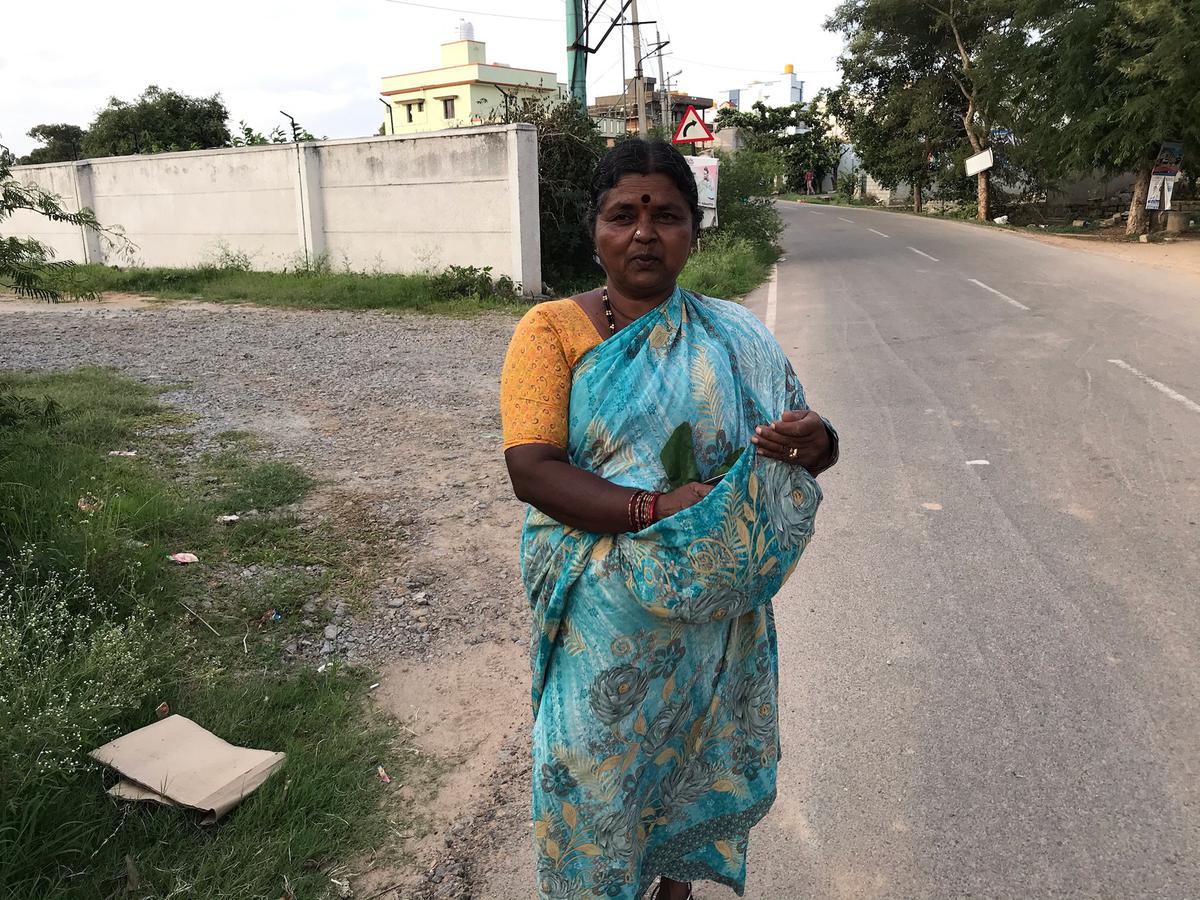
A local in Sarjapur with her foraged herbs
| Photo Credit:
Special arrangement
Govindaraju adds, “If I want to purchase these soppu, I have to travel outside Bengaluru, to the villages. However, now that I know some of them grow wild right here in the park, I simply pluck enough for our meals at home.”
Additionally, Chikkamma and Gowramma purposefully forage certain plants for their medicinal benefits. Chikkamma explains, “Dagalagiri soppu is highly effective for insulin maintenance, while Kirunelli is known to support liver health.”

Illustration of woman with her foraged herbs from the book Chasing Soppu
| Photo Credit:
Special arrangement
A recent study by Azim Premji University reveals that foraging is prevalent in Bengaluru. The research paper titled, “Patterns of urban foraging in Bengaluru city”, sheds light on foraging practices in areas like Ulsoor, Siddhapura, Banashankari and Talaghattapura, highlighting its occurrence even in a metropolis.
“We often see people foraging in various parks, lakes, and empty plots, especially in wetlands. This holds true not just for Bengaluru, but also for other Indian cities like Kolkata, Mumbai and Delhi,” explains ecologist Harini Nagendra, one of the researchers of the study and a prominent voice in understanding urban ecology.
She further emphasises the disconnect between policymakers and ground reality, stating, “There is a misconception among city officials that foraging is confined to rural areas, but our research demonstrates otherwise,” adds the co-author of the book, Chasing Soppu.
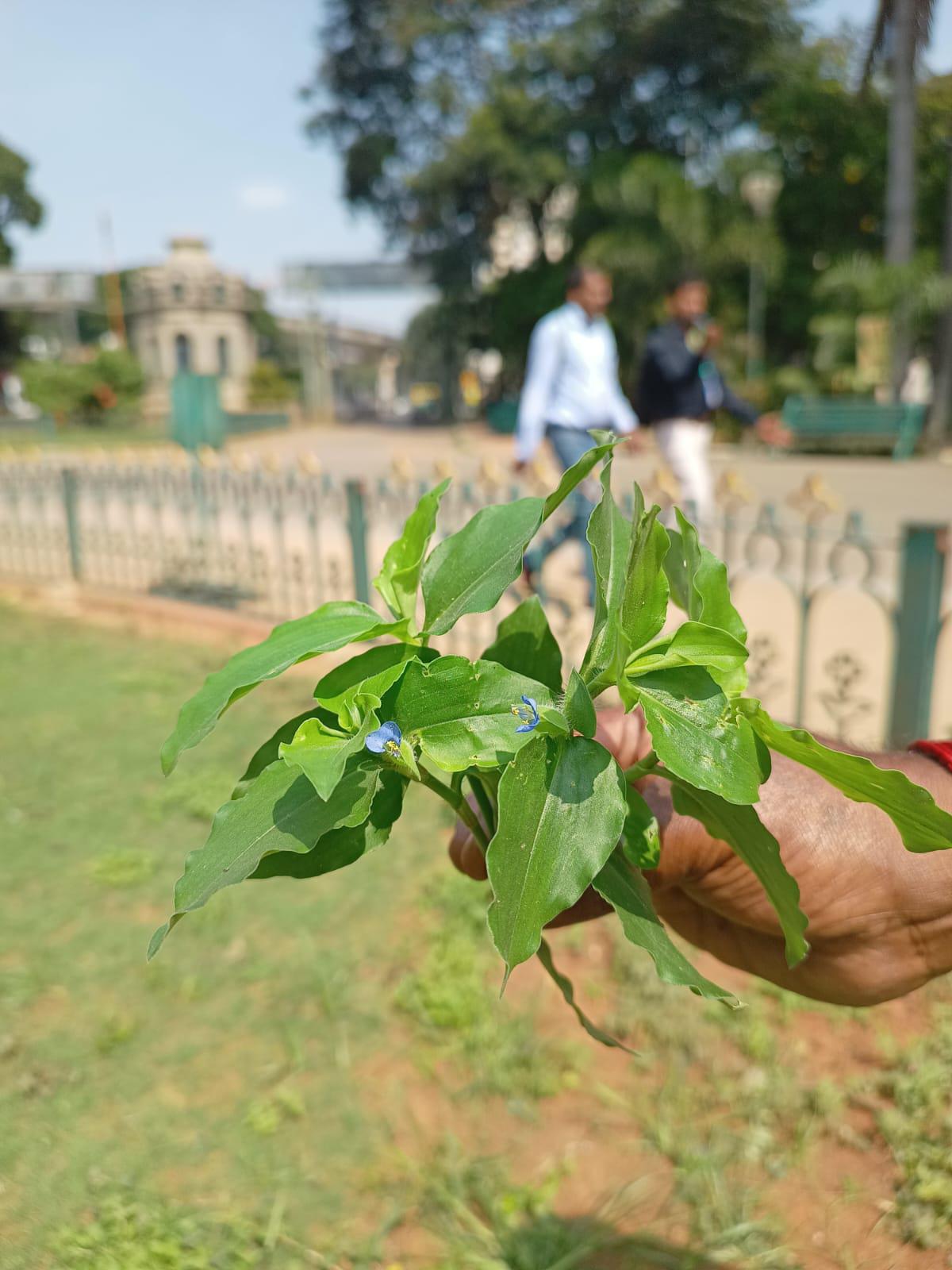
Kanne soppu in Lalbagh
| Photo Credit:
Swathi Nair
Lower socio-economic individuals, particularly those affected by urbanisation, engage in foraging. Creating accessible green spaces in urban environments is therefore crucial for the well-being of these marginalised communities in the city.
Interestingly, the awareness surrounding foraging extends beyond the marginalised communities. Following the pandemic, there has been a renewed interest in foraging among the urban elite who are now attending workshops and engaging in conversations about foraging in the city.
Chef Johnson Ebenezer curates a distinctive dining experience in the city at his restaurant, Farmlore, where he crafts dishes using ingredients that are cultivated or foraged directly from the premises.
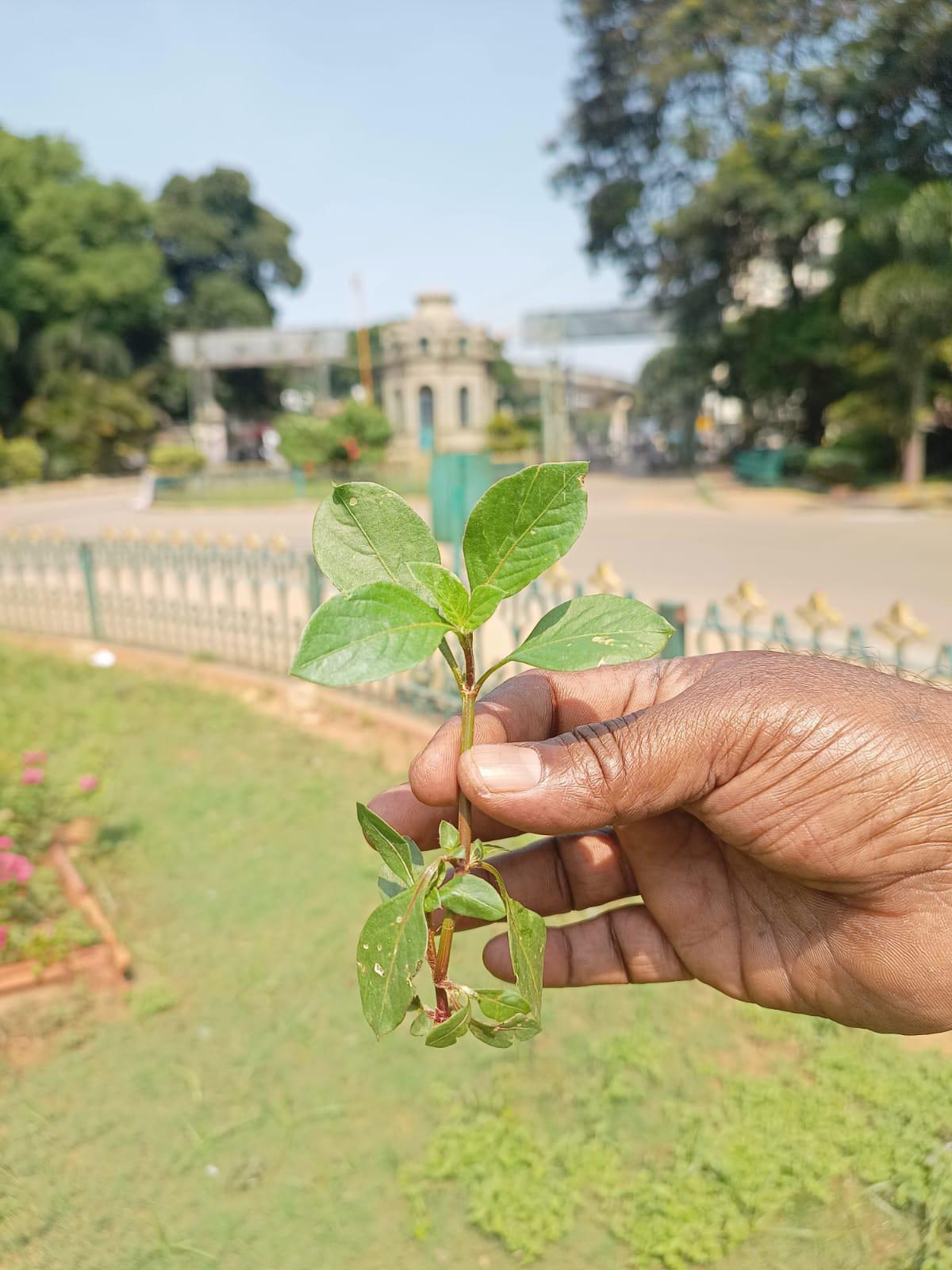
Hoovuhongane soppu in Lalbagh
| Photo Credit:
Swathi Nair
He explains, “Our vast 30-acre land gives us an abundance of herbs and leaves that is synonymous to the geography. Naturally, their variety fluctuates with the changing seasons, with even greater diversity during the monsoon. Among the prominent ones are Huli soppu (sour greens), Wood sorrels (clover leaf), Brahmi, Pennywort, Tulsi, Purslane, Amaranth, Nasturtium, and Gongura.”
He elaborates further, “Purslane offers a delightful blend of subtle sourness and a hint of saltiness. Nasturtium and Brahmi, on the other hand, bring a peppery kick to the palate. Huli soppu and wood sorrel provide a tangy flavour, while pennywort brings forth a unique combination of peppery and sour notes. Lastly, the spearmint we forage boasts a sharper minty tone accompanied by a gentle touch of sweetness.”
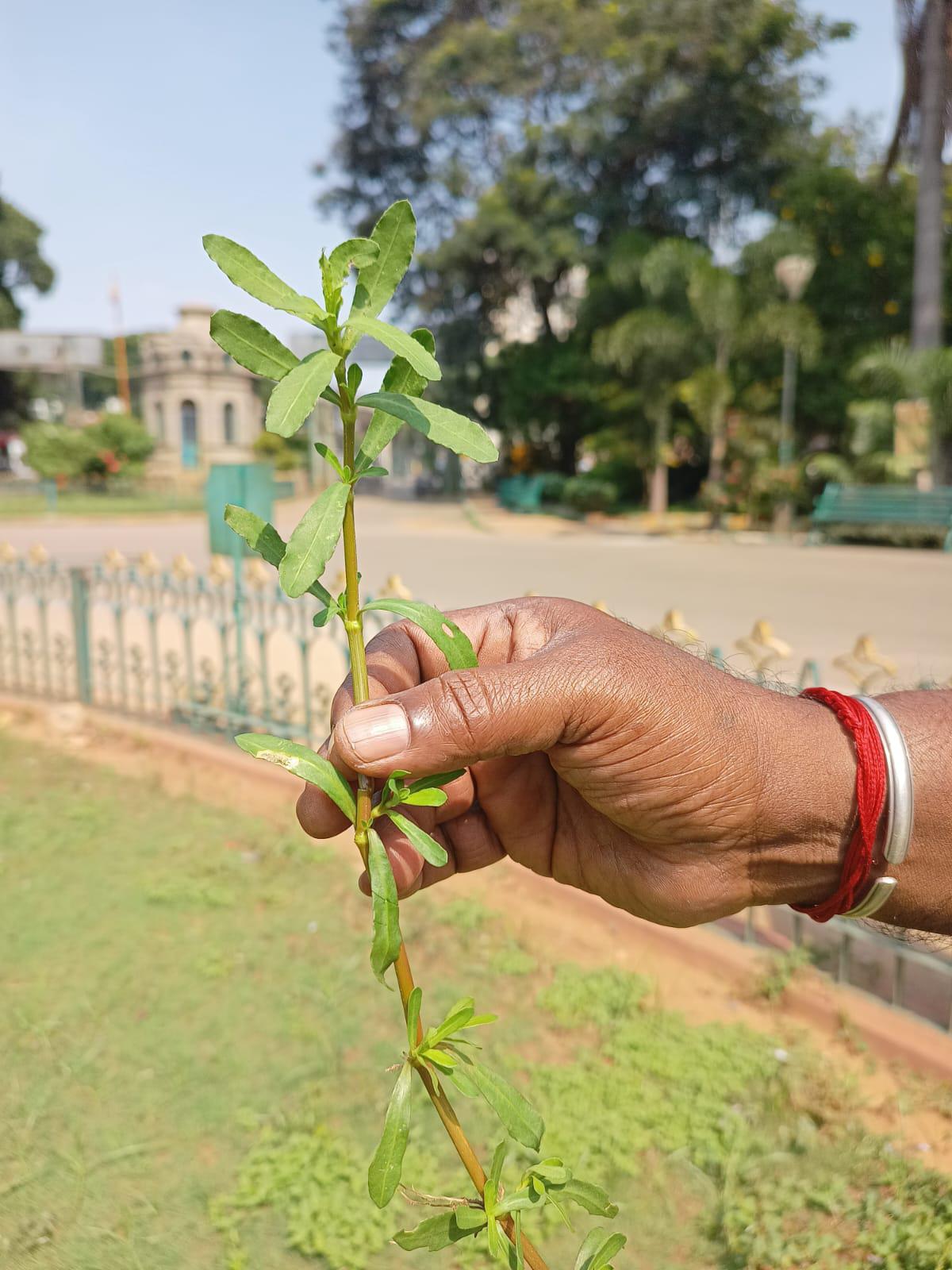
Neeruhoangane soppu in Lalbagh
| Photo Credit:
Swathi Nair
“Through foraging, they aim to reclaim common spaces, increase nutritional diversity, and foster a deeper connection with nature.,” says Suresh Kumar G, residing in Sarjapur, who has fully embraced foraging on his two-acre farm in Sarjapur.
Alongside his cultivated crops, he allows indigenous wild vegetation to thrive, attracting people from the surrounding areas to gather food and learn how to cook with them. The land showcases a diverse array of plant species, including amaranthus, purslane, moringa, spinach, gongura, mustard, hyacinth beans, winged beans, sword beans, turkey berries, ivy gourd, bottle gourd, and pumpkin.
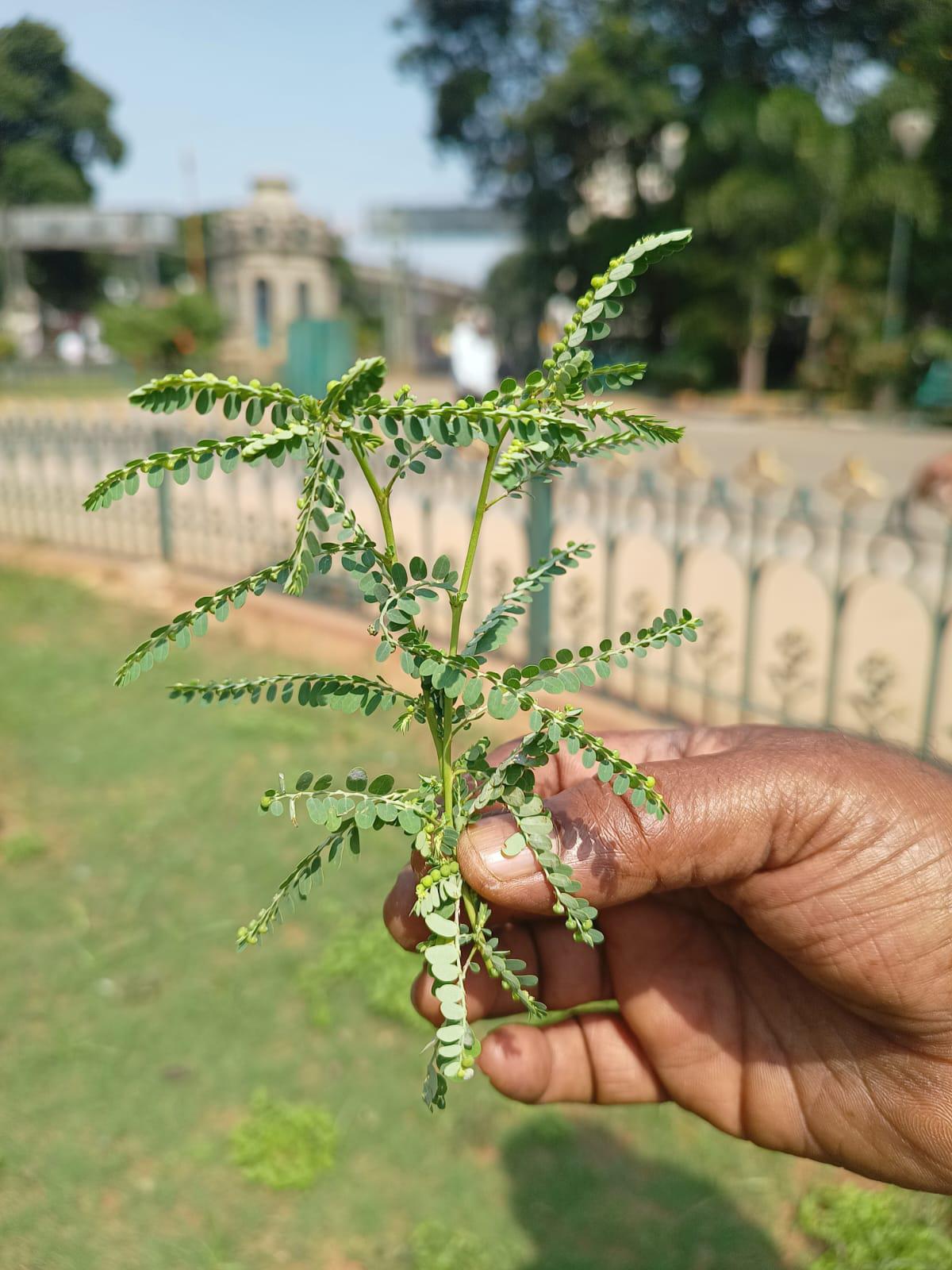
Kirunelli, a medicinal plant found in Lalbagh
| Photo Credit:
Swathi Nair
Suresh says, “We let nature take over the land. People from the surrounding area come to forage for food here.” However, he expresses concern about the current state of culinary traditions, remarking, “We are losing recipes our grandmothers used to make at home with our indigenous produce. Nowadays, those in the city just cycle through the same five or six vegetables available in the market.”
Within Bengaluru’s rich botanical landscape, over 70 different species of plants with nutritional benefits flourish. While the average household commonly relies on a limited repertoire of greens available in the market, foragers enjoy a much broader palate. “They have access to a greater nutritional diversity, which adds depth to their diets. However, the foragers report a decline in diversity due to urban challenges,” adds Harini.
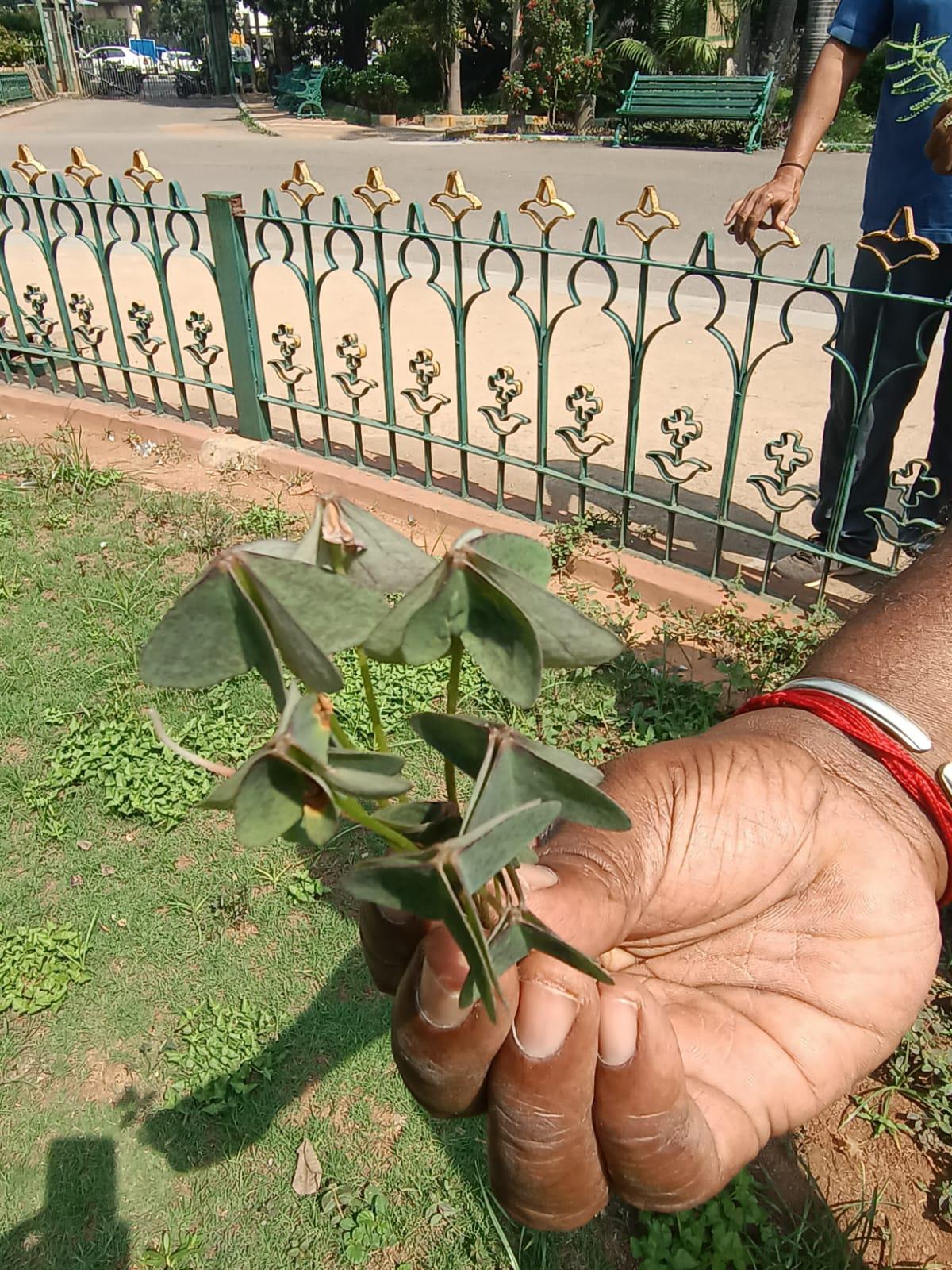
Huli soppu in Lalbagh
| Photo Credit:
Swathi Nair
Highlighting the challenges faced by foragers, Harini explains, “The parks that used to be abundant with forageable greens are now off-limits, and lakesides have become contaminated due to sewage dumping, making it unsafe for consumption.”
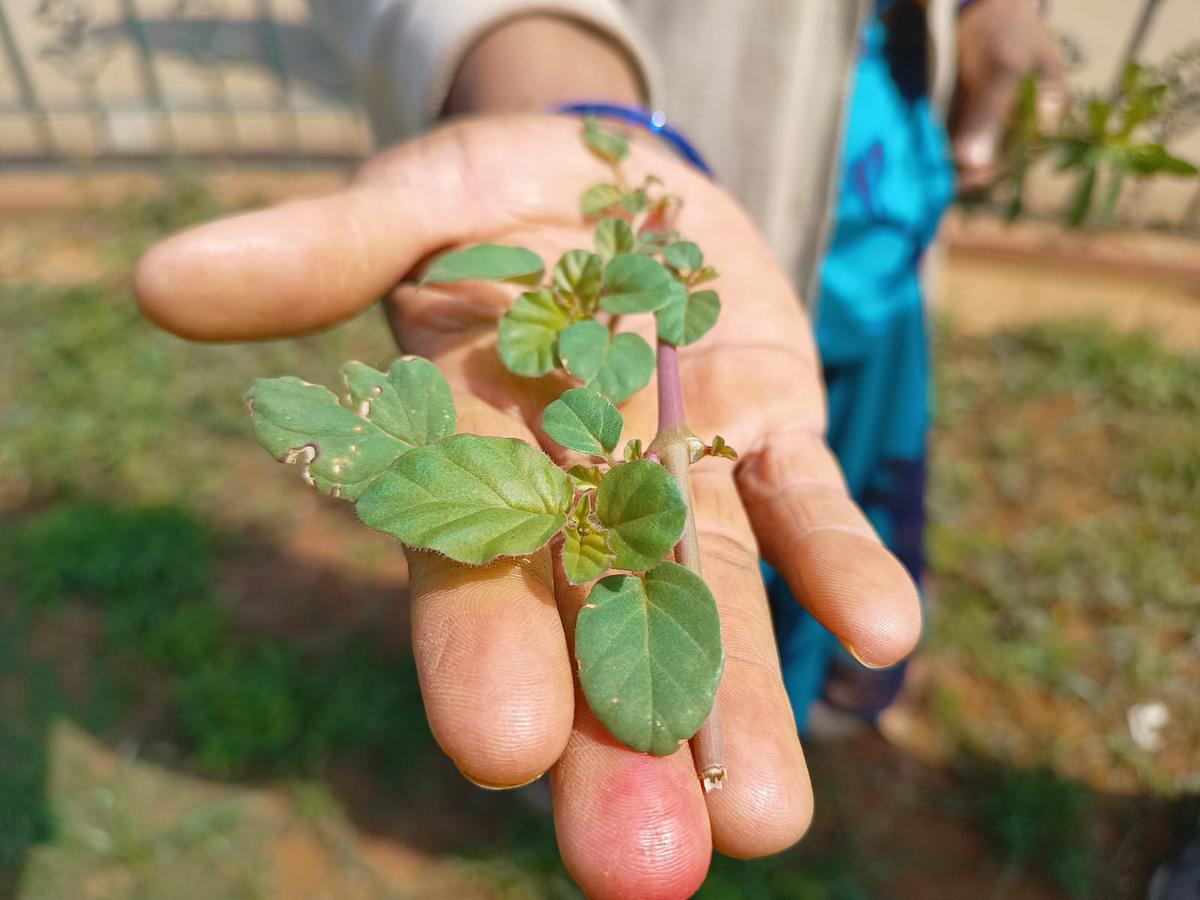
Dagalagiri soppu in Lalbagh
| Photo Credit:
Swathi Nair
Pollution stands as one of the foremost threats to foraging practices. Garbage inflow and the presence of plastic and other waste in lakes and wetlands deter foragers from cooking or using their finds to feed their families. The prioritisation of ornamental plants in public spaces and landscaping exacerbates the issue, diminishing the availability of forageable species in the city.
Recognising the importance of preserving foraging traditions and reconnecting people with nature, researchers propose engaging the knowledge and expertise of local women who are already well-versed in foraging. “Women, especially from the more vulnerable urban groups, are the primary foragers as the burden of providing food, and especially nutritious food, fall on them. They keep in mind the needs of infants, growing children and the aged, trying to ensure both nutrition and variety in daily meals on a limited income,” explains Seema Mundoli, faculty at Azim Premji University and co-author of the book Chasing Soppu.
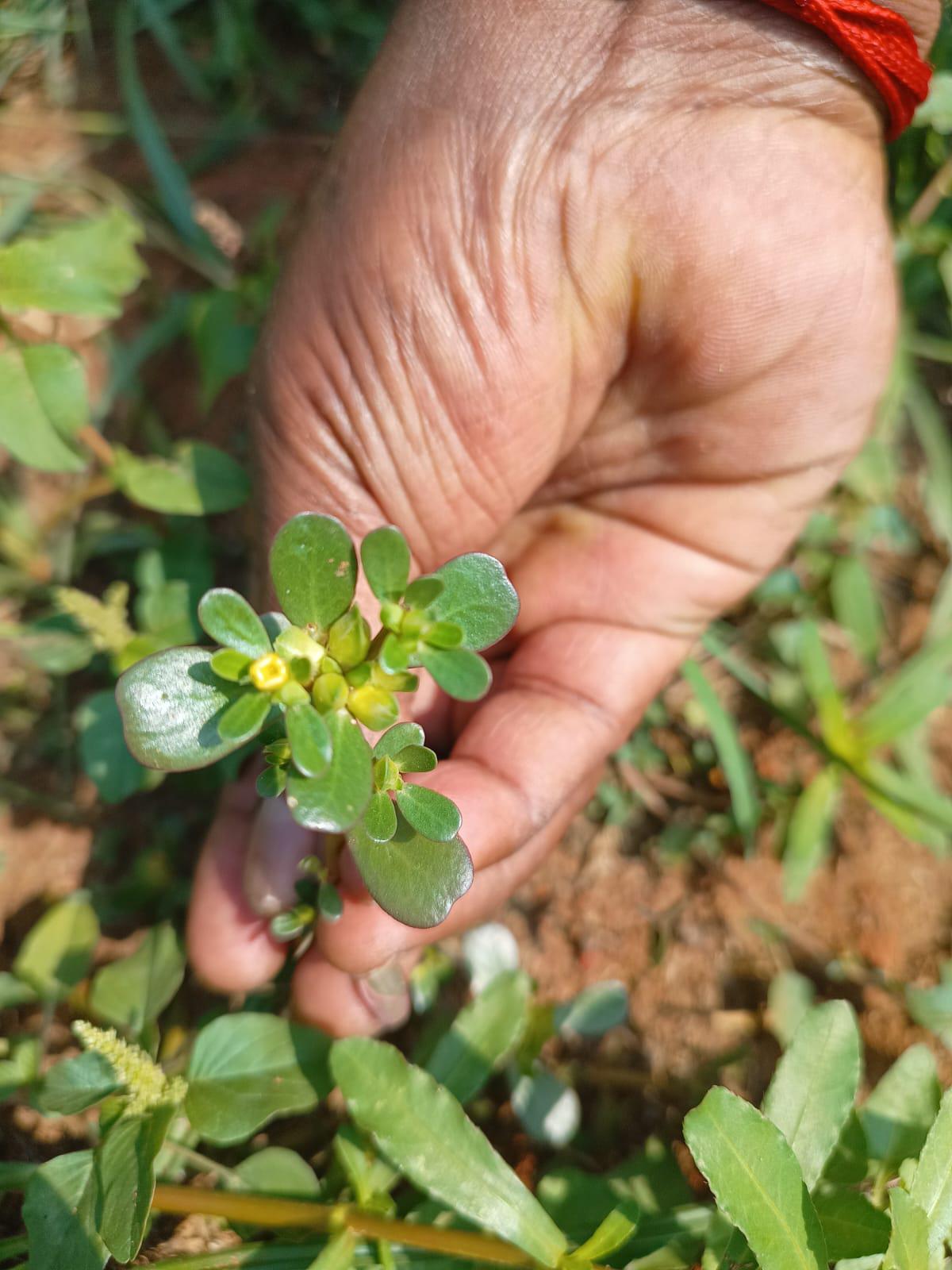
Goni soppu in Lalbagh
| Photo Credit:
Swathi Nair
Women usually resort to inventive ways to make children eat their greens such as mixing them with pulav or eggs so that taste and nutrition are balanced. During her research, Seema learnt, “Amidst any work, women did for which they had to leave home, or on a visit to a shop for example, they are always on the lookout for something to forage to add to their soppus and palyas, which would also save money otherwise spent on buying vegetables”.
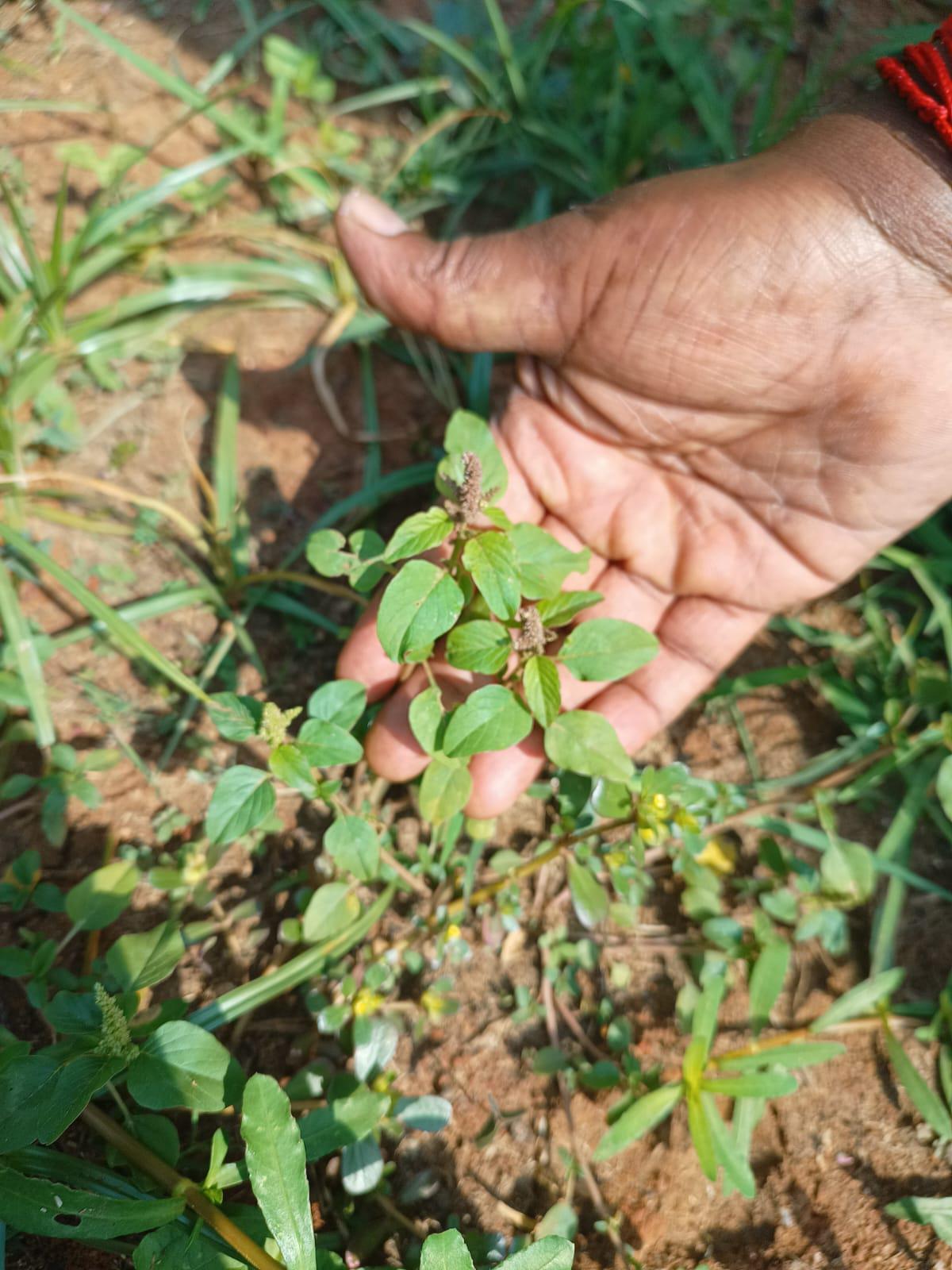
Dodallagiri soppu in Lalbagh
| Photo Credit:
Swathi Nair
To ensure the continuation of foraging practices in urban spaces, the researchers suggest an inclusive approach. Harini proposed that local administrators should consider organising foraging classes led by knowledgeable women in parks like Lalbagh and Cubbon Park.
”These women have been working in city parks for several years and know them intimately. They possess invaluable traditional wisdom and could serve as experts, imparting their knowledge to interested individuals through guided foraging walks and ticketed workshops. The income earned could go back into the park’s maintenance,” she adds.
Foraging In Bengaluru
Foraging practice studied in: Ulsoor, Siddhapura, Banashankari and Talaghattapura
97% of foragers in Bengaluru are women
Belonging to socially (90%) and economically (81%) disadvantaged groups
76 species are foraged for food (76%), medicine (26%), and cultural practices (18%)
Foraging occurred in unused land (32%), parks (32%), farmlands (12%), native villages (12%), nearby woodlands (9%) and home gardens (3%).
Source: Azim Premji University
Rare greens
Bengalureans who lack access to various medicinal and culinary greens in city markets have found a unique solution by placing orders with women vegetable vendors at specific markets, such as the one near the Banashanakari bus stop. Whether it’s for making hair oil, enhancing brain power or reviving nostalgic dishes, customers communicate their specific requirements to the women vendors at these markets.
The vendors, in turn, embark on foraging expeditions either within the city outskirts or during their visits to ancestral villages, diligently gathering the requested greens and then selling them to their customers in the city. This system ensures the availability of sought-after greens that may otherwise be scarce, as the women vendors leverage their networks and personal connections to fulfil the diverse culinary and medicinal needs of Bengalureans.
Stay connected with us on social media platform for instant update click here to join our Twitter, & Facebook
We are now on Telegram. Click here to join our channel (@TechiUpdate) and stay updated with the latest Technology headlines.
For all the latest Life Style News Click Here
For the latest news and updates, follow us on Google News.
